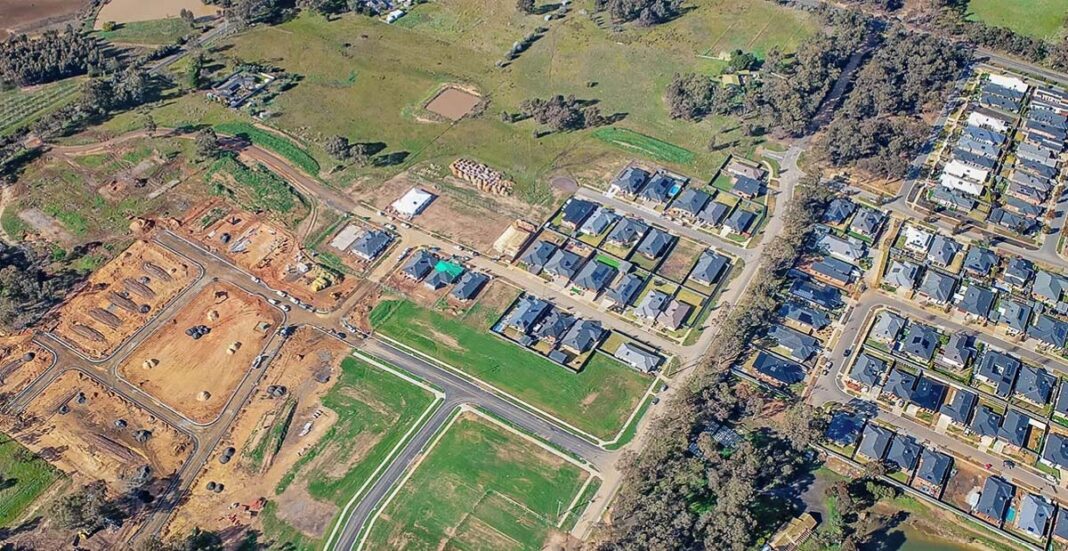Thanks to a recently released report by Bayleys, those looking to make the right moves in the property market can be better prepared. The following summary provides insights into trends and what the future holds for the development land market.
Trends set…
Land prices have softened after a big boost. Persistent shortages of development land have led to substantial growth in land prices over the past decade. The downturn across the property markets has weakened demand and softened prices for land, although prices for land in highly sought-after locations have been surprisingly resilient.
However, infrastructure remains a challenge. Infrastructure constraints have been a major challenge for developers in delivering land and completed buildings to the market. The new government’s focus on cutting red tape may help with the supply of developable land in the longer term, but the time and cost to make improvements mean this will remain a challenge in the short term.
Lower values for completed assets and elevated construction costs mean feasibilities are struggling and difficult to stack up in the prevailing market conditions. This is translating to weaker demand for development land.
Looking ahead
Prices for completed assets are stabilising. Signals that inflation and long-term interest rates are peaking means asset prices are likely to stabilise after a period of softening. The residential market appears to have hit its floor and is showing signs of recovery.
However, low turnover in the commercial property market means trends have been harder to gauge.
Construction cost relief is on the horizon. Industry commentators are increasingly of the view that construction costs are starting to reduce. Cost relief is primarily being seen in labour costs, with material costs remaining elevated. Smart design and planning remain critical to achieving cost efficiencies and enabling feasibilities to stack.
Migration is building up demand. Surging migration is adding pressure, particularly within the housing market. This is mainly impacting the rental market given migrants tend to rent first and will typically be subject to the foreign buyer ban. Rising rents will encourage more activity by investors.
> The full New Zealand Development Land Market Insights report is accessible via www.bayleys.co.nz/insightsanddata
RELATED: Fast-track consenting a boost to commercial property sector


